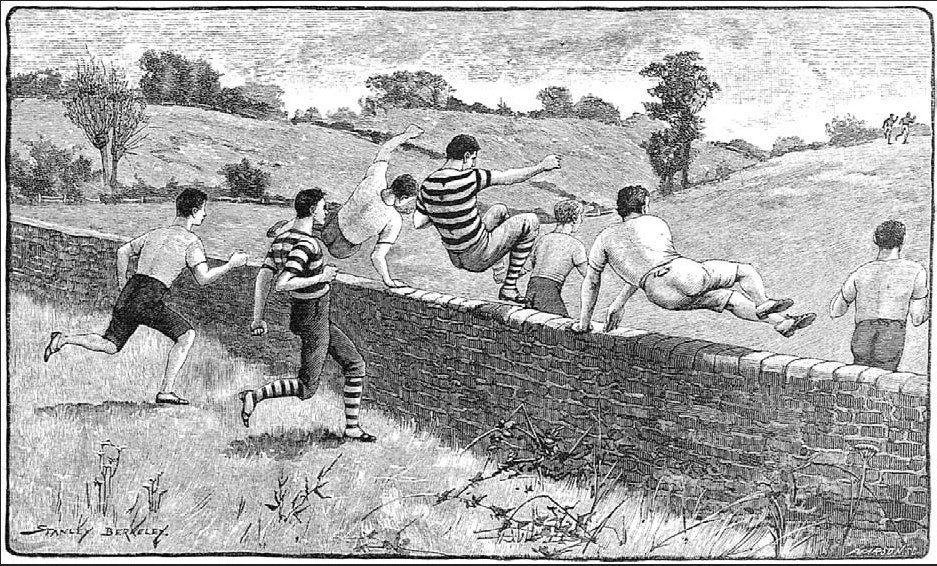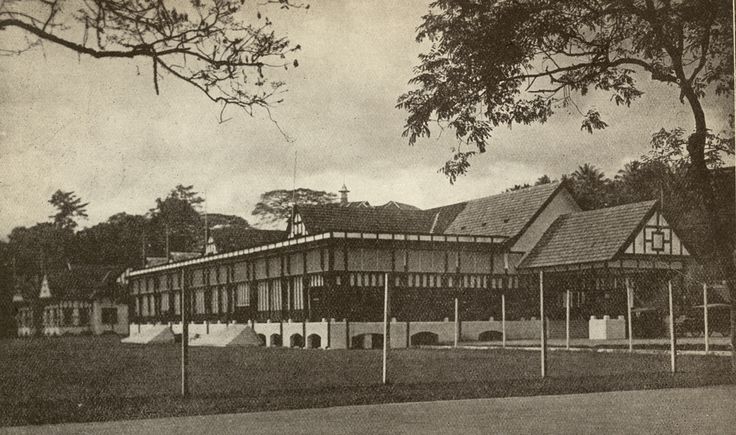Hash House Harriers History
The Hash House Harriers (abbreviated to HHH, H3, or referred to simply as Hashing) is an international group of non-competitive running social clubs. An event organized by a club is known as a hash, hash run, or simply hashing, with participants calling themselves hashers or hares and hounds.

Hashing originated in December 1938 in Kuala Lumpur, then in the Federated Malay States (now Malaysia), when a group of British colonial officers and expatriates began meeting on Monday evenings to run, in a fashion patterned after the traditional British paper chase or "hare and hounds", to rid themselves of the excesses of the previous weekend.
The original members included Albert Stephen (A.S.) Ignatius "G" Gispert, Cecil Lee, Frederick "Horse" Thomson, Ronald "Torch" Bennett, Eric Galvin, H.M. Doig, and John Woodrow. A. S. Gispert suggested the name "Hash House Harriers" after the Selangor Club Annex, where several of the original hashers lived and dined, known as the "Hash House".

After the war, in 1946, the original members of the Mother Hash were transferred to Singapore, and they re-established the hash there. The group was mainly composed of British and Australian military personnel and the civilian expatriate community. Hashing died out in Singapore after the Japanese occupation of Singapore during World War II, but was restarted in 1962 with the formation of the Singapore Hash House Harriers.
Today there are thousands of Hash House Harrier clubs in all parts of the world, with newsletters, directories, and even regional and world hashing conventions. As of 2003, there were even two organized chapters operating in Antarctica.
